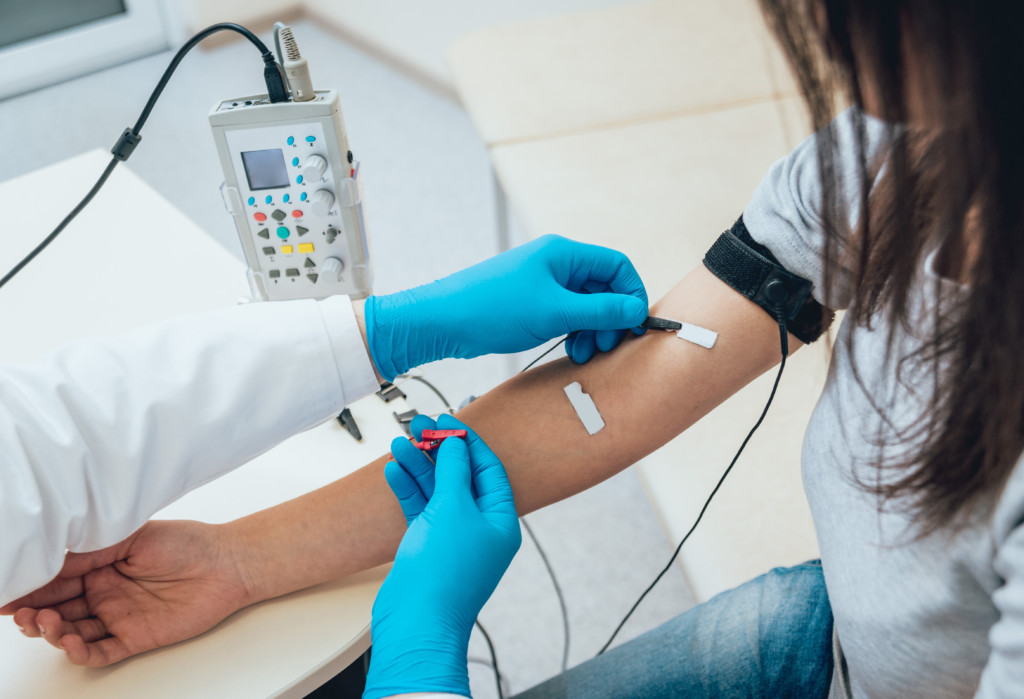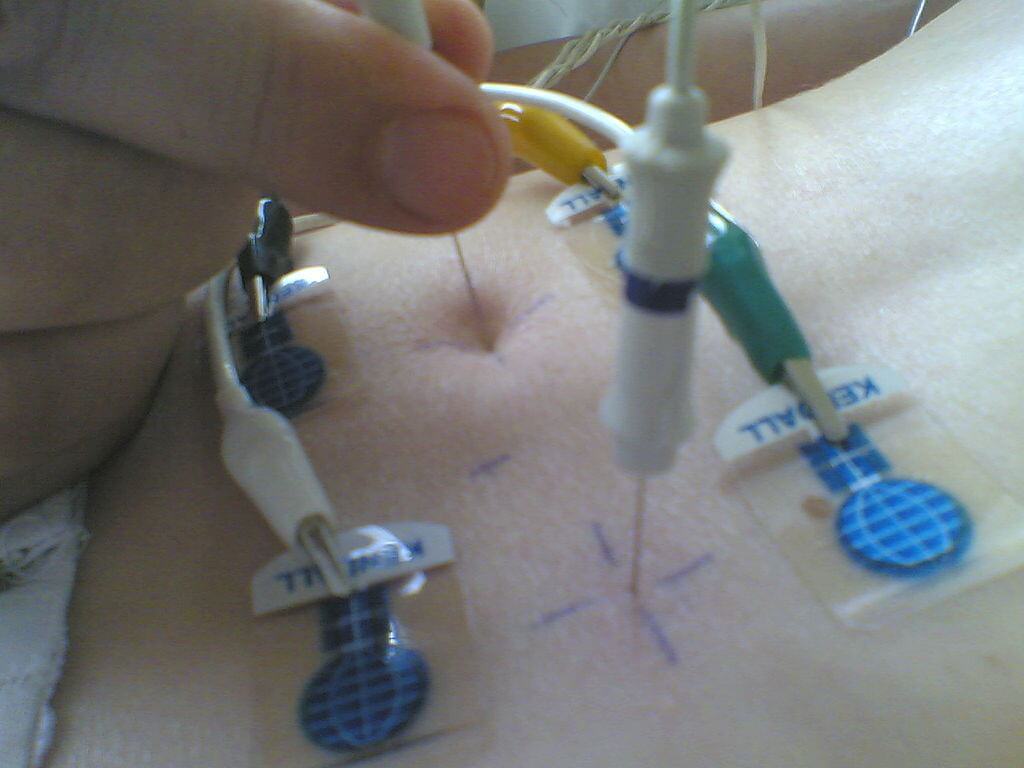

All patients with low back and neck pain were either occupational or related to vehicular accidents. Of the 75, presenting symptoms were low back and neck pain (20 and 15 patients, respectively) associated with no-anatomical or nondermatomal paresthesias without sensory loss or focal muscle weakness in the affected extremity and unilateral local pain and tenderness in the joints and soft tissues in the shoulder (6), elbow (7), wrist (10), hip (5), knee (7), and ankle (5).

These abnormalities were related to various peripheral neuropathies, cervical and lumbosacral radiculopathies, and myopathies. Their peripheral electrodiagnostic studies showed abnormalities that could be attributed from these disorders and previous spinal nerve root injuries in the cervical and lumbar spine. The remaining 125 patients with various MSP were excluded due to various concurrent medical disorders and local pain and tenderness that affected more than one extremity. None of the 75 patients selected had a history of diabetes, previous surgeries to the cervical and lumbar spine, systemic disorders, malignancy, connective tissue disorders, and muscle disease hence, the reasons for their selection. All procedures were performed by the author, a board-certified neurologist and a board-certified electromyographer with 42 years and 36 years of practice experience for each specialty, respectively. They were selected from a group of 200 patients who were referred by their primary care providers and surgical specialists for evaluation of MSP in the neck, lower back, and extremities. Records of 75 patients ages 30–60 (45 males and 30 females) who underwent EMG and peripheral nerve conduction study in the past 7 years, were reviewed. The impetus that led to this retrospective study stemmed from an inordinate number of normal EMG studies in uncomplicated MSP elicited by the author in the past several years. The usefulness of EMG in MSP with the normal clinical neuromuscular examination and without clearly defined sensory deficits is re-assessed in this communication. In general, depending on clinical symptomatology, emphasis is focused on EMG to diagnose radiculopathy, plexopathy and myopathy, or on a peripheral nerve conduction study to diagnose peripheral neuropathy.

Musculoskeletal pain (MSP), defined as local pain and tenderness in the soft tissues, spine, and joints, is a common symptom that brings patients to EMG laboratory for evaluation. It is usually performed in conjunction with peripheral nerve conduction studies to diagnose entrapment neuropathies or polyneuropathies. Needle electromyography (EMG) is a well-established procedure used frequently to diagnose conditions presenting with pain and various sensory symptoms in the spine and extremities and to explain the etiology of focal or diffuse muscle weakness.


 0 kommentar(er)
0 kommentar(er)
